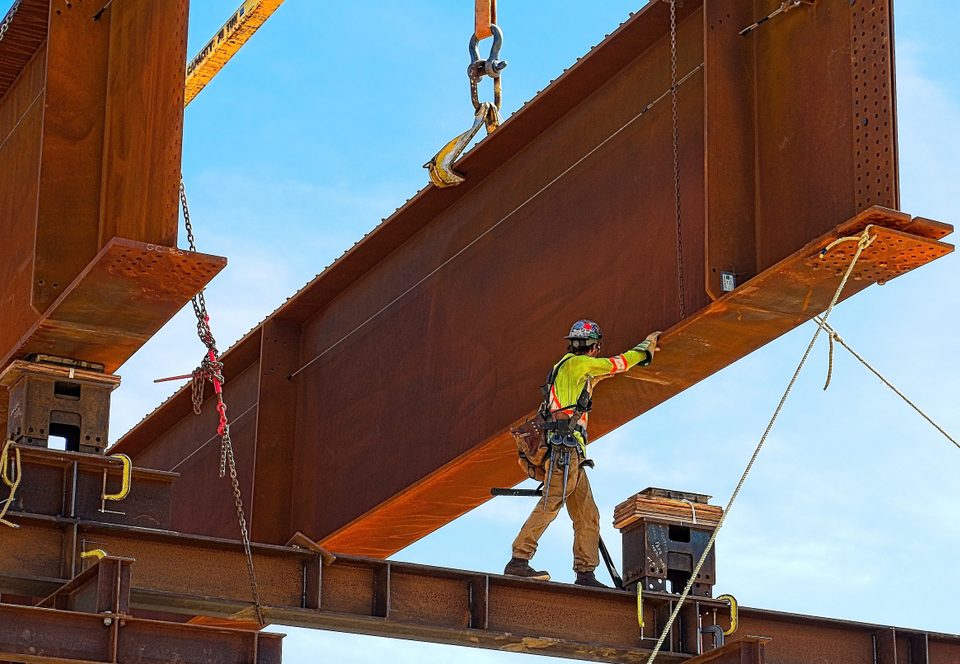Essentials and Pattern Selection for Perforated Steel Sheet

Learning About Steel Scaffolding for Construction
April 26, 2019Breaking Down Common Steel Tube Processes and Finishes
May 14, 2019There are several steel and broad metal formats that come in several distinct styles, and a good example is metal sheet. Itself just one of many types of steel or metal processing, steel sheet has several specific styles and patterns that it can be broken up into depending on the needs of your project.
At Wasatch Steel, we’re happy to provide a wide range of steel sheet products to clients around Utah. One common form of metal sheet is known as perforated sheet, one that describes a situation where a pattern of particular shapes is removed from the sheet during production. Here are some basics to know on perforated sheet, plus some of the important qualities to consider as you’re choosing yours.
Perforated Sheet Basics
Perforated sheet, which as we noted involves patterned shapes removed during production, holds a few major advantages over standard sheet. For one, it’s much lighter and easier to handle. For another, it lets water, liquids and gasses pass through the perforated areas, rather than allowing it to build up.
For this reason, the most common use of perforated sheet is for various filtration methods. There are a huge number of potential patterns to choose from depending on your needs – our next few sections will look at the three factors that play the biggest role in your pattern selection.
Hole Size
Hole size is important for a few areas within a perforated metal sheet, but the primary one is determining which particles are able to pass through and which aren’t. This will depend almost entirely on the application you require the sheet for.
In addition, hole size plays a role in whether you can or can’t see through the sheet itself. There are both circular and square patterns available.
Open Area
Open area can be a deceiving term – it’s actually referring to the amount of metal that’s removed during the perforation process. It’s expressed as a percentage that represents how much of the original metal is remaining after this process is done.
The open area on a sheet is very important due to how impacts the weight of the piece. It’s also vital for velocity and materials that can pass through the sheet. Generally speaking, perforated sheet will be available in open area percentages ranging from 25 percent all the way up to nearly 80 percent.
Hole Geometry
There are generally three options for hole shape – square or circular, as we noted above, or designer patterns:
- Round holes: The most popular perforated sheet format, mainly because they’re easy to shape and cost less to produce. They’re also visually pleasing and don’t stress the metal. They can be created in both staggered and straight alignments, which create different open area amounts and have different properties.
- Square holes: For those looking for high amounts of open area, square holes are a good option. They’re great for areas where lots of air or liquid flow is needed. As a result, they tend to come at slightly higher cost.
- Designer patterns: A huge range of customizable patterns, from hexagons to clovers and many others. Each of these will have its own set of benefits and drawbacks depending on your needs.
For more on perforated metal sheet, or to learn about any of our steel services, speak to the staff at Wasatch Steel today.




